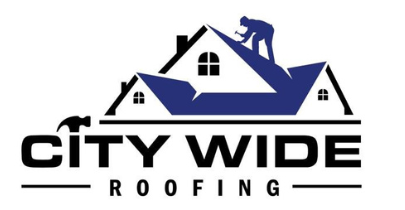As we increasingly focus on sustainable living and energy efficiency, the area of home improvements has not been left behind. One of the significant but often overlooked aspects of home improvement is reroofing for energy efficiency.
This process involves more than just replacing an old roof with a new one; it’s about implementing strategies and using materials that can significantly reduce energy consumption, consequently lowering energy bills, and creating a more comfortable and sustainable living environment.
This informative piece will explore some key tips to keep in mind when reroofing for energy efficiency and the benefits that come with it. With this knowledge, homeowners can make informed decisions that not only benefit their pocket but also contribute to the broader global objective of energy conservation.
Essential Tips for Energy-Efficient Reroofing
In the realm of reroofing, the pursuit of energy efficiency requires meticulous planning and the application of specific strategies to ensure optimal results.
Foremost, the choice of roofing material is crucial as materials with high solar reflectance can significantly reduce cooling costs.
Additionally, the incorporation of adequate insulation is vital to minimize heat loss during winter.
Ventilation too plays a crucial role; proper ventilation systems will dispel excess heat and moisture, preventing structural damage while reducing energy consumption.
Finally, the orientation and design of the roof should be factored in, as these can influence the absorption and reflection of heat.
Unveiling the Benefits of Energy-Efficient Reroofing
Having comprehended the crucial elements necessary for energy-efficient reroofing, it is equally important to articulate the myriad benefits that such an approach brings.
Foremost, these projects significantly reduce energy consumption, directly translating into substantial cost savings on utility bills. Homes with energy-efficient roofs maintain a more consistent indoor temperature, enhancing comfort levels, and reducing reliance on heating and cooling systems.
This process also contributes to environmental sustainability by minimizing carbon footprints. Furthermore, energy-efficient roofs are often more durable, requiring less frequent replacements and repairs.
Lastly, homeowners can potentially increase their property value, as buyers increasingly prioritize energy efficiency. Therefore, energy-efficient reroofing is not only an eco-friendly solution but a financially prudent and value-adding home improvement strategy.
READ MORE:


